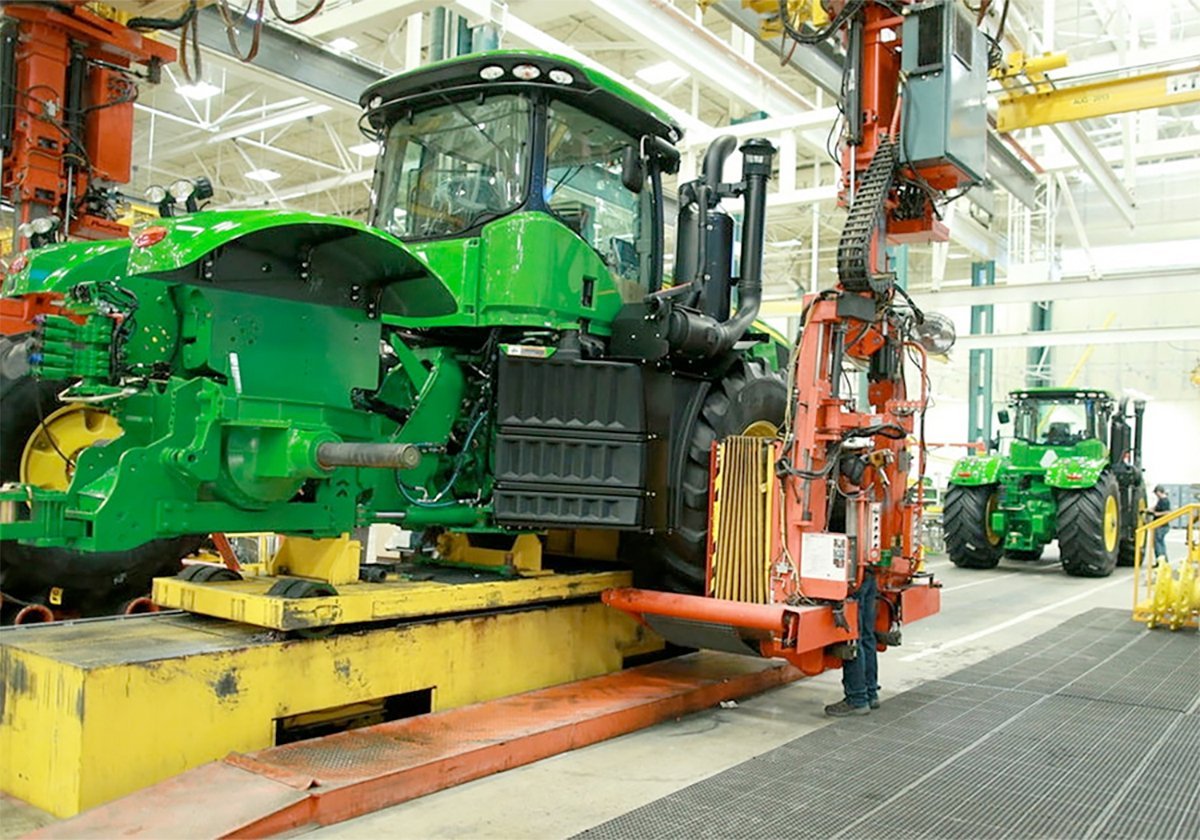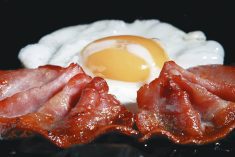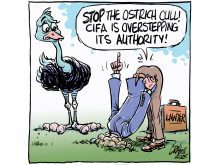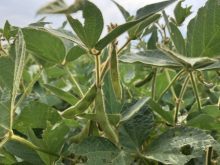Carcass damage is still a problem in the beef business, despite a switch to subcutaneous vaccine injections in the neck region from intramuscular injections.
As a result, researchers are investigating alternative methods for delivering vaccines, such as dermal and intranasal vaccines, and the incorporation of vaccines into potatoes and other feed.
The Veterinary Infectious Disease Organization in Saskatoon is at the forefront of this research. It has found that directly applying a patch impregnated with vaccine to the skin of small animals produces an immune response similar to a needle injection.
Read Also

Trump’s trade policies take their toll on Canadian producers
U.S. trade policy as dictated by president Donald Trump is hurting Canadian farmers in a multitude of ways.
Cattle’s thick skin hinders vaccine penetration, but adding tiny needles to the patch circumvents this problem. The needles penetrate the dead surface of the skin, allowing the vaccine to enter the live epidermis. A roller covered in minute needles could be used in a similar manner.
Intranasal administration of vaccines also appears promising. Dogs have been inoculated against kennel cough for years by simply squirting the vaccine directly into their nasal passages. VIDO has put a twist on this by exposing pigs to a vaccine-containing mist while they are watering.
Edible vaccines are an intriguing possibility for both animals and humans. The main advantages to producers are that refrigeration and syringes will not be needed.
A Canadian group has managed to fuse a gene from the shipping fever organism to a variety of white clover. Rabbits that ate the clover generated an immune response. If this technique is developed for the cattle industry, the negative effects of stress and handling associated with traditional vaccine programs could be avoided.
Another group of investigators is focusing on ways to prevent digestive juices from destroying vaccines. The solution now under review is to combine the scours-causing Rotavirus and E. coli bacteria to a piece of cholera toxin, and then integrate the trio into a genetically modified potato.
The cholera toxin binds quickly to the gut lining before it is digested. This allows the vaccine to be absorbed. Mice that ate the potatoes developed antibodies against all three of the vaccine’s microbial components.
VIDO is also investigating how to get oral vaccines to move through the rumen undamaged. They are incorporating the vaccine into alginate microspheres. Alginate is an extract of seaweed used in many human food products.
The alginate gels into microscopic droplets as it is sprayed through a specially designed nozzle into a salt solution. This technology will make vaccine production easy and economical.
Microspheres that pass through the rumen are absorbed by the Peyer’s patches, areas of specialized lymphoid tissue that line the gut wall. The defensive responses to oral vaccines appear to spread to other mucosal surfaces. This means an oral vaccine could protect against pathogens that enter the lung or reproductive tract, as well as the gastrointestinal tract.
In the future, oral cattle vaccines may be used to prevent infectious respiratory disease, scours and venereal disease.














